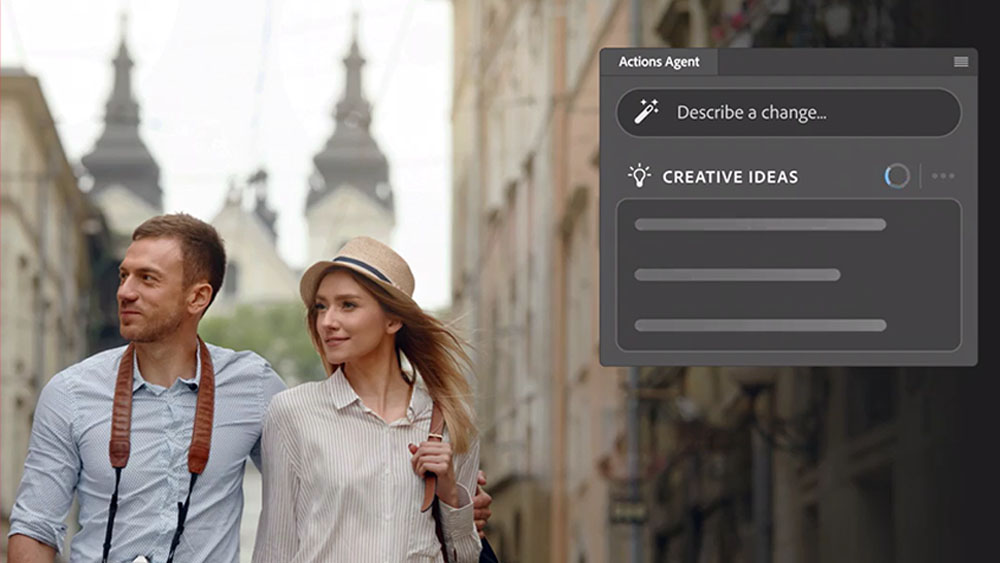The power of experience
Stephen Gautier doesn’t know what he’ll be doing in two years’ time, let alone 10. But he does know he’ll still be learning
When asked how I feel my career in design will progress, I think about how much I’ve developed as a designer in just three years, and the changes in the design industry that have occurred in that time. With this rate of change in mind, it becomes extremely difficult to think two years ahead, never mind 10.
As a designer, you notice trends and you hear other designers speculate about where things are going. But the predictions change every few months, such is the speed of progress within the industry. Designing for games might be the flavour of the month at one point; the next, it’s developing apps. There are always going to be new products or systems being released that create new avenues and opportunities for design.
One aspect that needs to be considered for career progression is contacts. Keeping them is just as important as obtaining them – you never know when they’ll come in handy. A contact could always result in a job opportunity, freelance work or a recommendation to somebody else.
As long as I feel like I’m developing and learning as a designer, I imagine a certain level of satisfaction will always be achieved. In my short career so far, I’ve found that I’ve learnt by doing – especially when thrown in at the deep end and put under pressure. I picked up a lot at university, including design theory and thinking creatively, but since being at Fluid I’ve found that there’s nothing like practical experience.
After one day on my placement, I realised that I knew nowhere near what’s required to be a professional designer. At university you’d get three months to complete a project; at Fluid you get three weeks. In whatever direction my design career progresses, I know I’m going to have to constantly learn new things to keep on top of advances in the industry. This is one of the reasons I’m happy where I am: I’m surrounded by experienced designers from whom I learn every day.
If I were to give graduates some advice, it would be to get as much practical experience as possible. I picked up more in three months at Fluid than I did in three years at uni. I knew I had a long way to go to get to the level of more senior designers, so I tried to make myself useful and help out where I could, without hindering anybody. I kept my eyes and ears open constantly to learn, and I also picked my moments to ask for advice.
There were many occasions (and still are) where I wanted to know how another designer had done something, but during busy times having a junior ask a senior designer for a quick tutorial is the last thing they need. However, in the more relaxed moments they’re happy to share their knowledge – and that’s why I want to continue to work as part of a team as my career progresses: somebody always knows a trick that you don’t.
In the studio, I’ve gradually earned the trust of the directors and senior designers, and been given more responsibility – I hope this continues with the more experience I gain. Looking after a job and dealing directly with clients and printers is daunting to begin with – knowing that everything falls on you – but it’s hugely rewarding and builds your confidence. Dealing with print is a challenge and there’s so much more to it than a novice would believe. It’s an area I’m constantly gaining experience in, but I would definitely like to develop it more as my career progresses.
In the three years I’ve worked at Fluid, I can’t help but notice the severe decrease in clients’ budgets. And from what I hear in the studio, it may never go back to the way it was. The common opinion seems to be that the future lies with freelancers and in working remotely as part of a collective, with no overheads and therefore the ability to charge clients less for the same job. It’s important to keep these things in mind for the future.
Being at a studio where every designer takes on multiple roles during a job is both challenging and hugely beneficial. There are no account handlers, so when you’re in on a job you can expect to design, art direct, artwork and deal with clients, which enables me to learn about all the roles a designer can expect to have. Who knows where I’ll be in 10 years. What I do know is that I’ll still be learning and trying to keep up with the progression of the industry.
Get the Creative Bloq Newsletter
Daily design news, reviews, how-tos and more, as picked by the editors.

Thank you for reading 5 articles this month* Join now for unlimited access
Enjoy your first month for just £1 / $1 / €1
*Read 5 free articles per month without a subscription

Join now for unlimited access
Try first month for just £1 / $1 / €1
The Creative Bloq team is made up of a group of design fans, and has changed and evolved since Creative Bloq began back in 2012. The current website team consists of eight full-time members of staff: Editor Georgia Coggan, Deputy Editor Rosie Hilder, Ecommerce Editor Beren Neale, Senior News Editor Daniel Piper, Editor, Digital Art and 3D Ian Dean, Tech Reviews Editor Erlingur Einarsson, Ecommerce Writer Beth Nicholls and Staff Writer Natalie Fear, as well as a roster of freelancers from around the world. The ImagineFX magazine team also pitch in, ensuring that content from leading digital art publication ImagineFX is represented on Creative Bloq.
